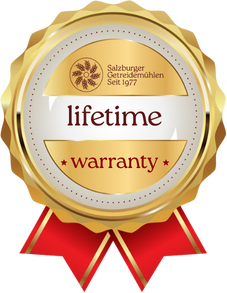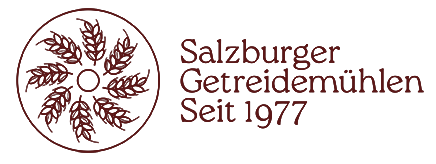Everyone loves the smell of freshly baked bread. So tempting that you want to cut a slice right away. But where does …
The quality of the bread is based on several facts, but then the essential ones are time and proper kneading.
A very special bread is produced in the Lesach Valley: Lesachtal bread, which is not only an intangible World Heritage Site, but was also awarded the Presidio seal in 2018 in Turin in the course of“The Taste of Carinthia” at the Terra Madre Salone del Gusto 2018
was.
Presidio means supporting and preserving traditional quality products that are in danger of disappearing. This includes the preservation of landscapes and their ecosystems and also includes traditional production methods. Likewise, local livestock breeds and crop varieties are protected, and cooperation with small producers is a priority.
Exactly all this applies to the Lesachtal bread: The location of the Lesachtal at an altitude of up to 1500 meters above sea level caused in earlier times the need for a high degree of self-sufficiency, which, by the way, is still maintained today.
Because despite SUVs and all-wheel drive, the steep, winding roads are still difficult to reach on some winter days. In the valley, therefore, cereals have always been grown, which were ground in the mills of the valley – known at that time as the Valley of 100 Mills, which still happens in the same way today. Ten farmers grow the grain, wheat and rye, in organic quality for the Lesachtal bread.
Lesachtal bread, clearly recognizable by its special stamp, is produced only in the west of Carinthia and is made exclusively by farmers’ wives at home, or by bakers in catering and hotel establishments both
baked in electric ovens as well as in wood-burning ovens.
The criteria are strict and clearly defined:
The bread, or rather the dough, is given plenty of time, as befits a proper sourdough. A little at a time is added to the starter made from 50 g of flour and 50 g of water for eight days.
“If it fits, I’ll take something away and go!“
At least that’s how Anita tells it, who is responsible for baking bread as a diet and flour cook at the Almwellnesshotel Tuffbad in the Lesach Valley.
The mixture must be left to ripen for another 12-14 hours, and the next day for another three hours, after which it is time to knead.
First mixing and then kneading properly is Anita’s secret for the Lesachtal bread and the test when the dough fits, she makes with wet hands:
It must be able to be pulled like a strudel dough”,
says Anita. The Planet kneading machine facilitates kneading quite neatly and is essential for the right consistency of the dough. After an hour of rising, the dough goes into the oven and the stamp on it – as proof that this is genuine Lesachtaler
Bread deals. Kneading and the right ingredients – actually only flour, water and salt – make the quality of a bread, which then also lasts a good week. If you give the bread enough time during production, you will save time afterwards, because only once per
week must be baked.
Source: Petra Pachler
www.lesachtalerbrot.at
Everyone loves the smell of freshly baked bread. So tempting that you want to cut a slice right away. But where does …
What is the difference? White flour:When the bran, i.e. the marginal layers, and the valuable germ are removed from the grain, we …
Hello and greetings! Also in the life of a mouse it is important to be always up to date and well informed. …
When it comes to eating breakfast, each of us has our own habits, certain preferences or maybe even skips the morning meal …
Address:
Gasteigweg 25,
5400 Hallein
Austria
Opening hours:
Monday to Thursday: 09 – 16:00
Friday: 09 – 12:00
Contact:
Phone: +43 6245 83282
E-Mail:
info@agrisan.at



